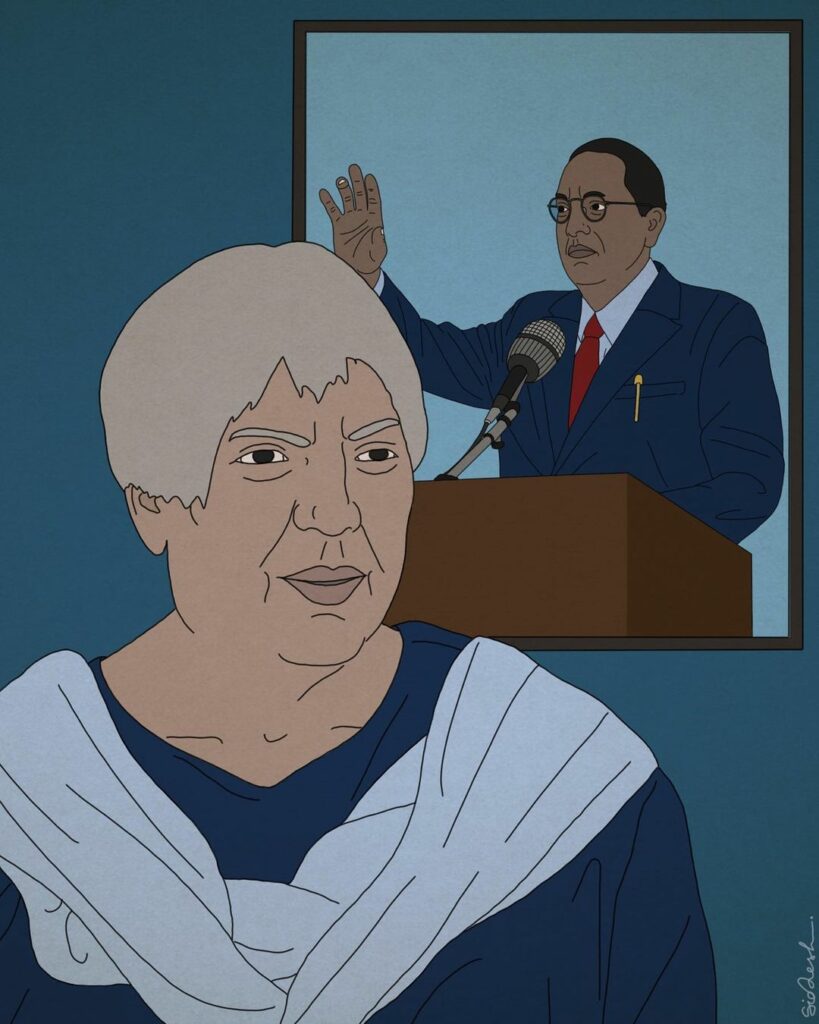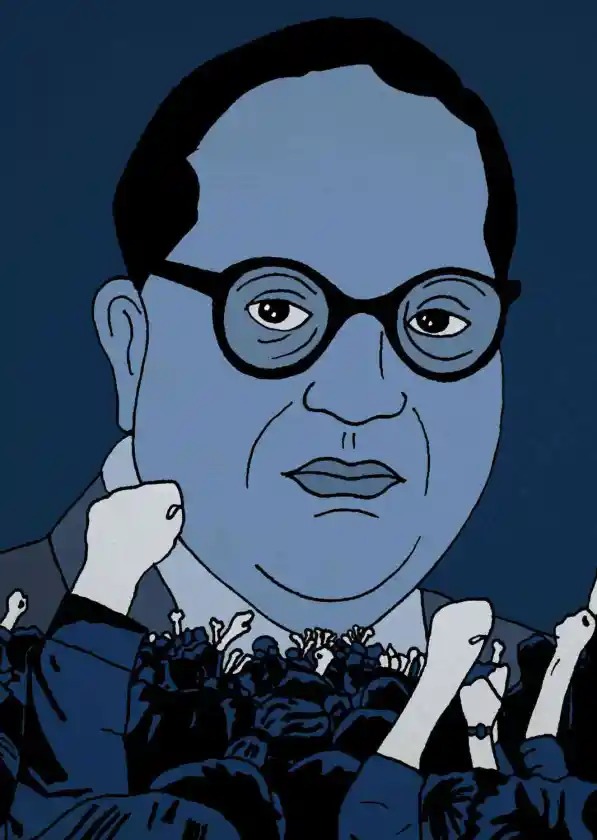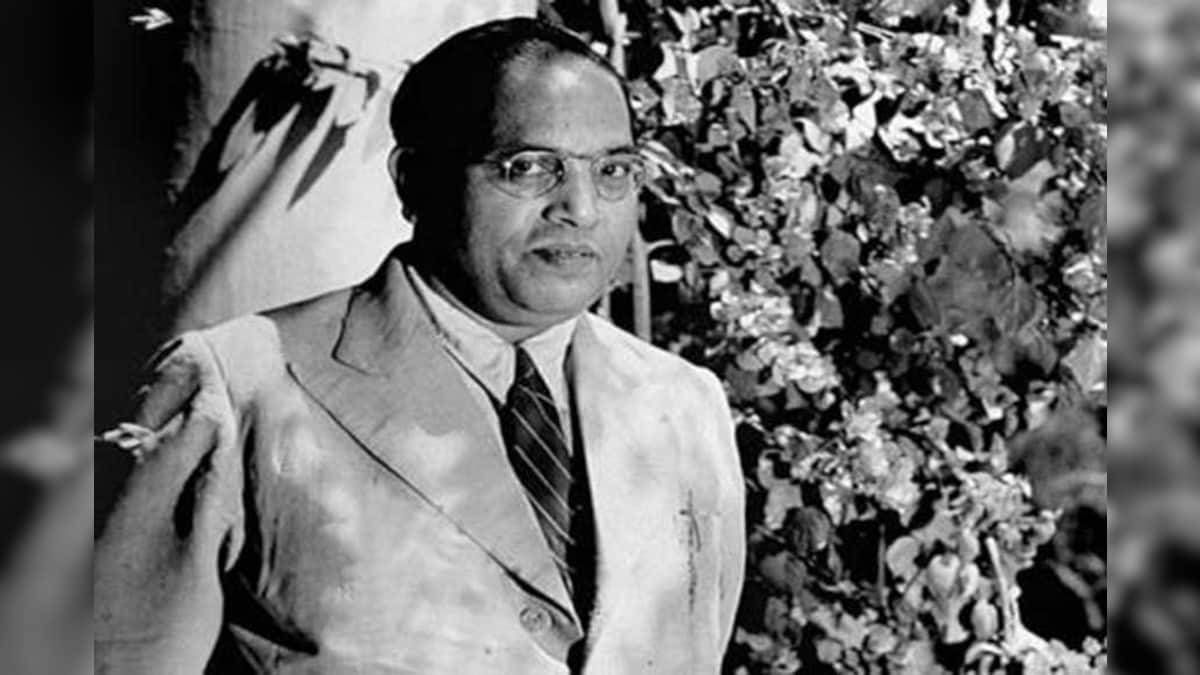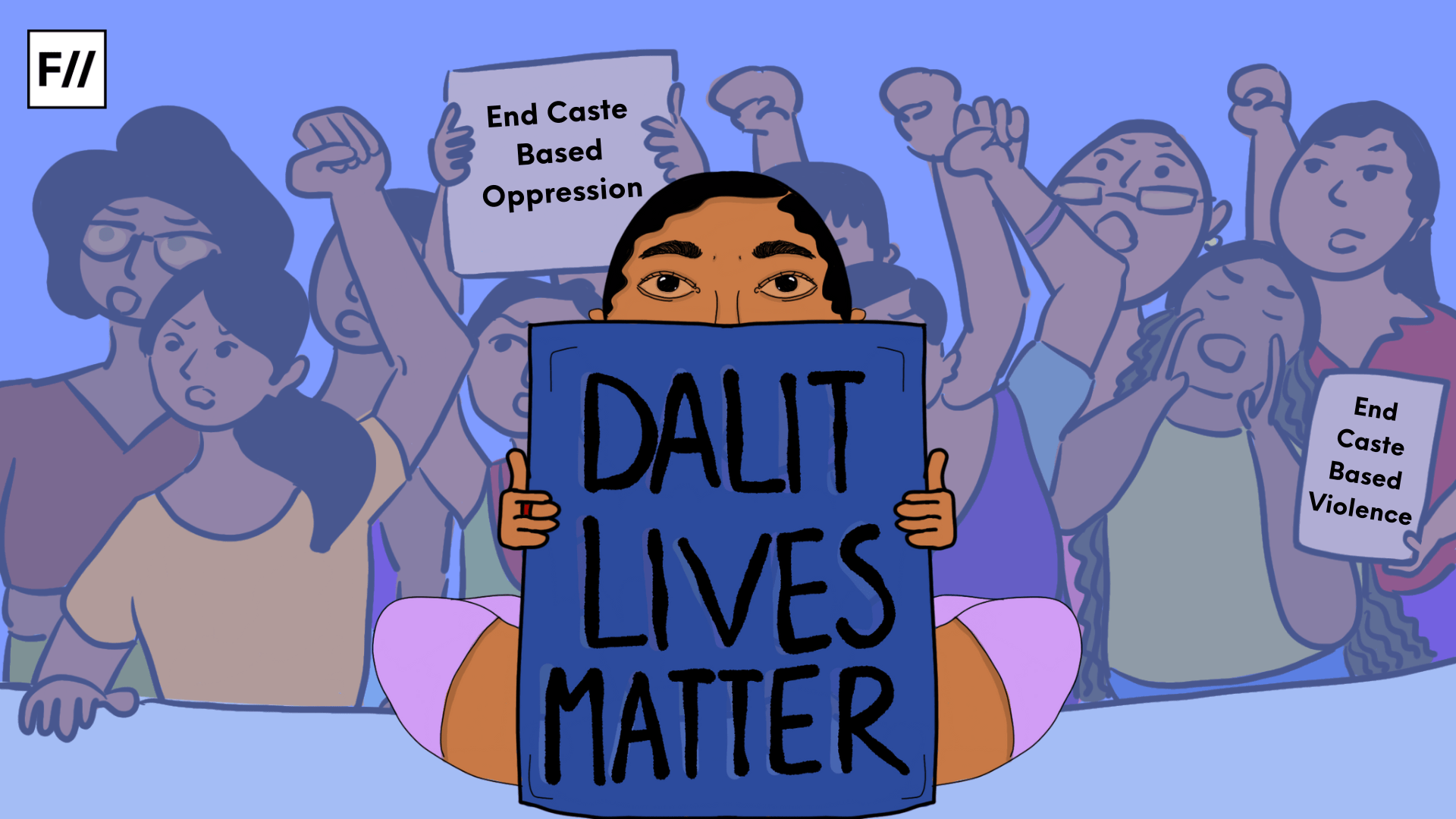Bhimrao Ramji Ambedkar is perhaps the only figure in India whose popularity has grown with time. It is because of this reason that I opened this slim volume, Ambedkar: Towards an Enlightened India by Gail Omvedt. The book covers the importance of modern education among Dalits, debates with MK Gandhi on Hinduism, the importance of conversion out of Hinduism, fight with capitalism, significance of the term ‘nation’, value of the principle of self-determination, the making of the Constitution of free India, and Navayana Buddhism as a social vision. It has nine chapters in addition to separate introduction and conclusion chapters.
Dr Ambedkar opposed the partition of India in his Communal deadlock and a way to resolve it. He argued if power is distributed equally between majority and minorities (like Muslims, Sikhs and Untouchables), no one would like to have their own separate country. This can be done through political representation in executive and legislatures.
Each chapter is arranged thematically which bears semblance to the chronological events in Ambedkar’s public life. This book is a product of decades of fieldwork and archival research carried out by Omvedt, along with regular reference to the important secondary literature. In this short review, however, I will cover BR Ambedkar’s three major contributions on the ideas of economic equality, gender justice and religious pluralism as has been covered in the book. These three deserve attention, as in this time of neoliberal Hindutva, we need to revisit Ambedkar with fresh inquisitive eyes.

Struggle for economic equality
Caste is primarily a social institution but economic opportunities are also distributed in terms of caste. Ambedkar wanted economic equality along with social and political equality. He was in favour of industrialisation and wanted oppressed castes to leave villages for cities and gain economic freedom. He was an economist by training and had deep interest in the colonial economy. His works on the economic history of India argued that the colonial economy was running in the interest of British manufacturers. In 1936, he formed his first political party to represent the Dalits’ cause with a working-class identity: the Independent Labour Party (ILP).
His thoughts on economic equality are best illustrated in States and Minorities (1947). It called for separate electorates, separate village settlements and strong measures against social boycott of untouchables and the nationalisation of basic industries and land and has a section on fundamental rights. It put forth a programme for what Ambedkar called ‘state socialism’. State socialism was essential for the rapid industrial development of India. Ambedkar called it ‘state socialism’ because it was to be written into the Constitution and was conceptualised to be beyond the power of the Parliament to change.
Struggle for gender equality
The second most important contribution of BR Ambedkar was his struggle for gender equality. His staunch support for the Hindu Code Bill is perhaps the biggest example for this. This was in many ways a culmination of women’s social reform efforts that had been going on since the colonial period. Under traditional Brahmanic law as it was applied in British courts— often at the cost of more liberal customary laws of the lower castes— women had no right to divorce, limited rights of inheritance and were forced to live with husbands, even if badly mistreated.

Source: Indian Cultural Forum
The government had appointed a Hindu Code Committee. Dr. Ambedkar made some changes in the draft bill in 1948 and for three years it remained pending. Orthodox Hindu men declared that marriage and the family were the true foundations of the Hindu society which cannot be dissolved in any way. Women who supported the bill were labelled as aggressive and demonstrations were mobilised in big cities. Ambedkar simply replied that the new marriage system was based on gender equality. It was in contrast, he said, to the ‘sacramental marriage’ of the traditionalists which ‘is polygamy for the man and perpetual slavery for the woman.’ Following this, he was heavily attacked in the press and accused of insulting Hindu ideals. The bill finally failed. Nehru, who supported it personally, was unable to convince his partymen. Finally in late 1951, Ambedkar resigned as law minister from Nehru’s cabinet.
Associating with religious minorities
One of the least spoken aspects of BR Ambedkar’s political life is his support for religious minorities. All along his life, Ambedkar associated himself with various minorities. For example, as late as 1955, he proposed to divide states into smaller units so that Dalits and Muslims can have more safeguards. This tendency to protect minorities can be traced back to history of Dalit and Shudra struggle. He was well aware about the trickery of labelling Dalits as Hindus. Most of the non-Brahman leaders like Jotirao Phule accepted that Islam and Christianity had spread in India when Untouchables got an alternative to the oppressive Brahmanism. Ambedkar was aware that Buddhism and Sikhism are counter hegemonic cultures. Dalits of Punjab (followers of Mangoo Ram), Dalits of Bengal (Namashudras and Raghvanshis), Dalits of Hyderabad (B.S. Venkat Rao, B. Shyam Sundar) and Shudras of Tamil Nadu (EVS Periyar) were all supporters of Muslims.

In 1932, Ramsay MacDonald accepted ‘Communal Award’ as BR Ambedkar wanted, thereby, recognising untouchables as non-Hindus. Thus, Dalits got separate electorates along the line of Muslims, Sikhs, and Christians (Anglo-Indians and Europeans). This was opposed by MK Gandhi who claimed that Dalits were Hindus and should not get reservation. This led to the infamous Poona Pact. But Ambedkar kept on fighting for political representation of all minorities.
Dr Ambedkar opposed the partition of India in his Communal deadlock and a way to resolve it (1945). He argued if power is distributed equally between majority and minorities (like Muslims, Sikhs and Untouchables), no one would like to have their own separate country. This can be done through political representation in executive and legislatures. When he announced to convert out of Hinduism, minority religious group leaders were elated and approached him. After considering all, he chose Buddhism, thus paving way for religious pluralism.
Written in a lucid prose, this slim volume will attract attention of students and experts alike. Gail Omvedt deserves an applause for writing this brief biography covering all the major aspects of Ambedkar’s intellectual contribution.




